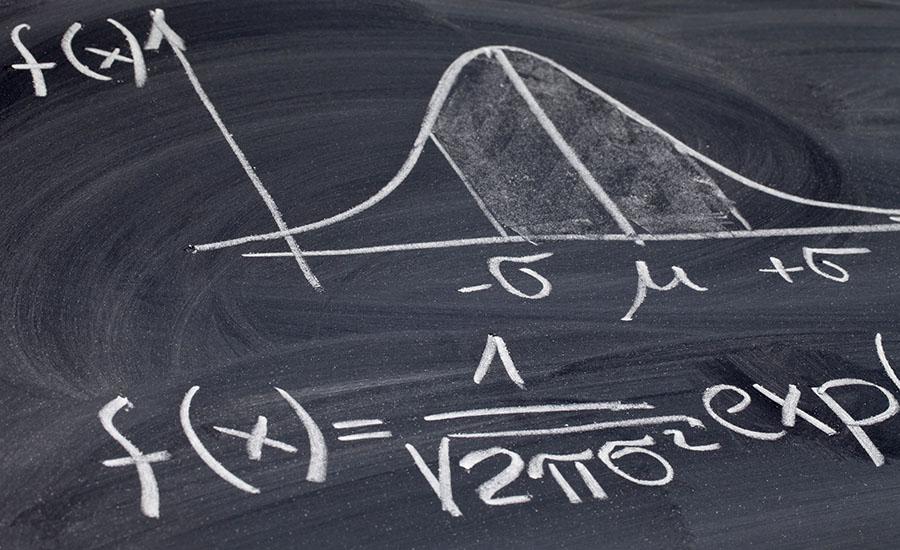
Building the Distance Formula in Spreadsheets
by Emily Bogusch
Students will build the distance formula in a spreadsheet to create a sort of "calculator." Students begin by comparing standard math notation with spreadsheets, then practice programming simple math functions. Students then create a "Pythagorean Theorem" calculator. They then build on this understanding to determine the distance between two points.
This lesson is intended for students who are already familiar with both the Pythagorean Theorem and the distance formula. The goal is to learn how to manipulate values and formulas in spreadsheets, as well as improve understanding of the distance formula.
Lesson Plan Link/URL
https://docs.google.com/presentation/d/1Hj-qGsDqLwGSHejfbtgljPIacSXAldCB/edit?u…Related Content

Grades:
6th Grade, 7th Grade, 8th Grade, 9th Grade, 10th Grade, 11th Grade, 12th Grade
Are your students fans of Formula 1? If they are or aren't this lesson will take a look into the dominance of Red Bull Racing in Formula 1. Why is Red Bull so dominant? Is it the driver or the

Grades:
7th Grade, 8th Grade, 9th Grade, 10th Grade, 11th Grade, 12th Grade
The purpose of this project is to have students use their knowledge of series and parallel circuits to create an electronic greeting card or an electronic game. This lesson should be given after

Grades:
7th Grade, 8th Grade, 9th Grade, 10th Grade, 11th Grade, 12th Grade
The students in this lab activity will play a competitive game with a small bouncy ball. The students will analyze the motion of the ball and apply projectile motion concepts. This activity requires

